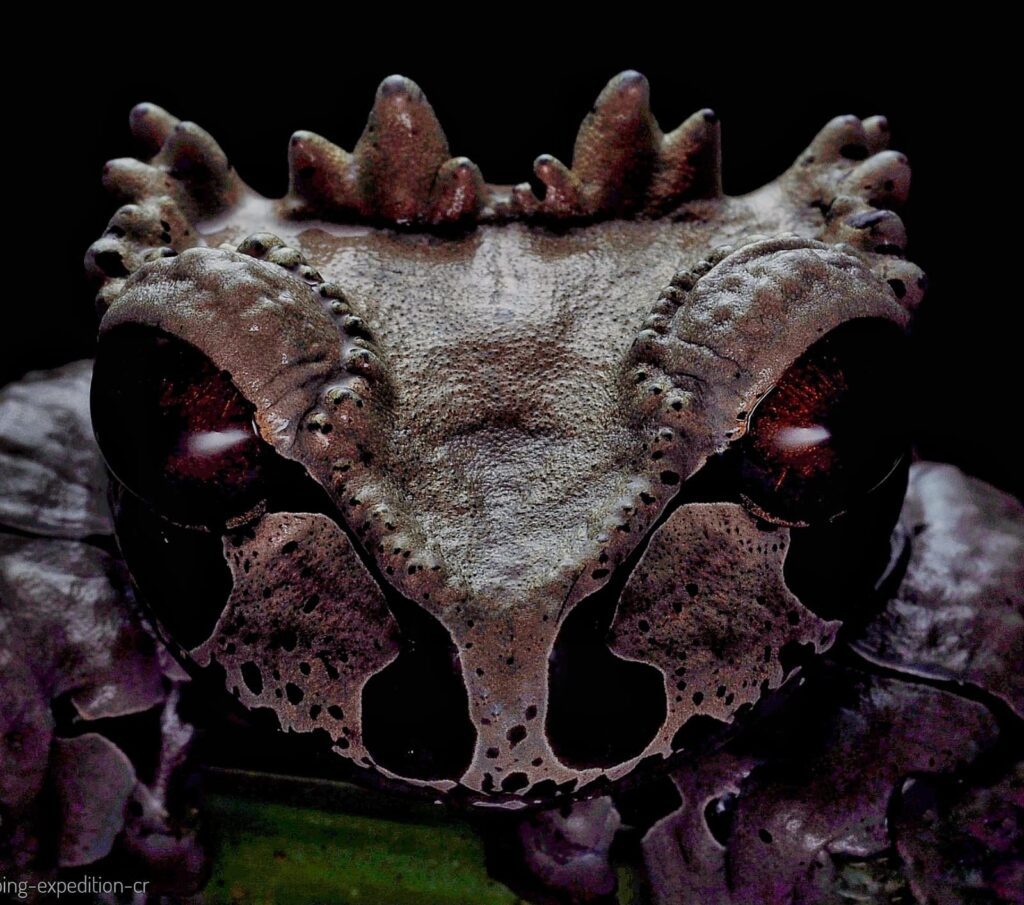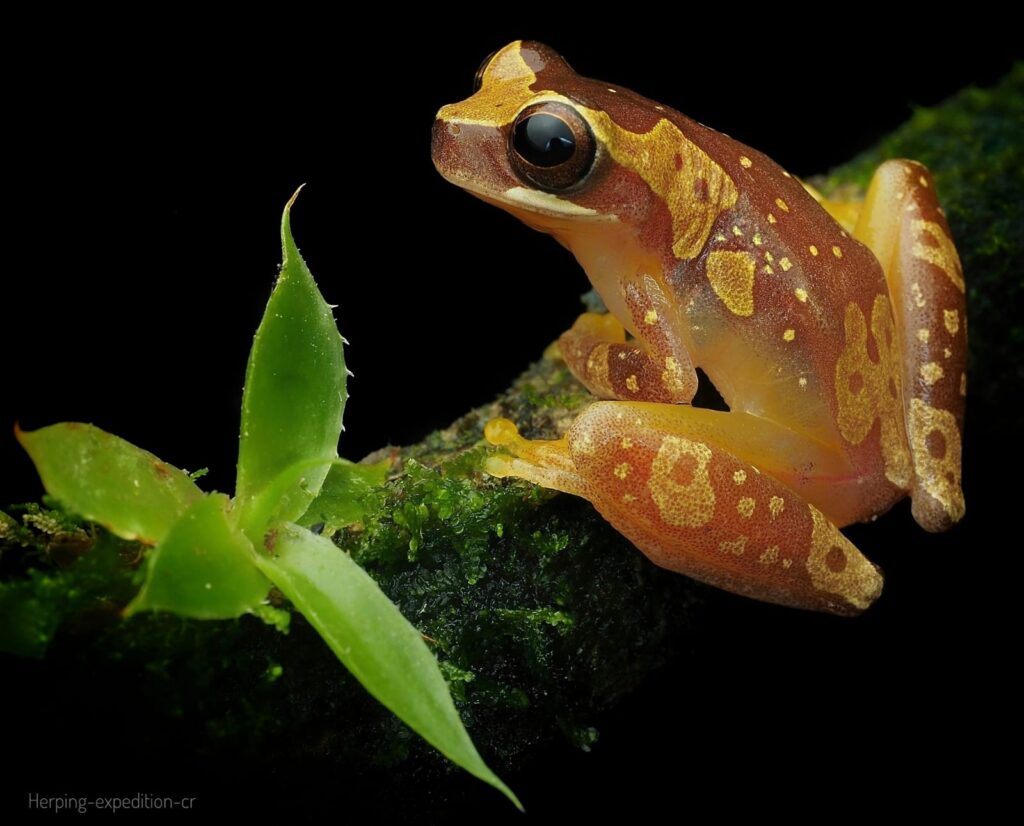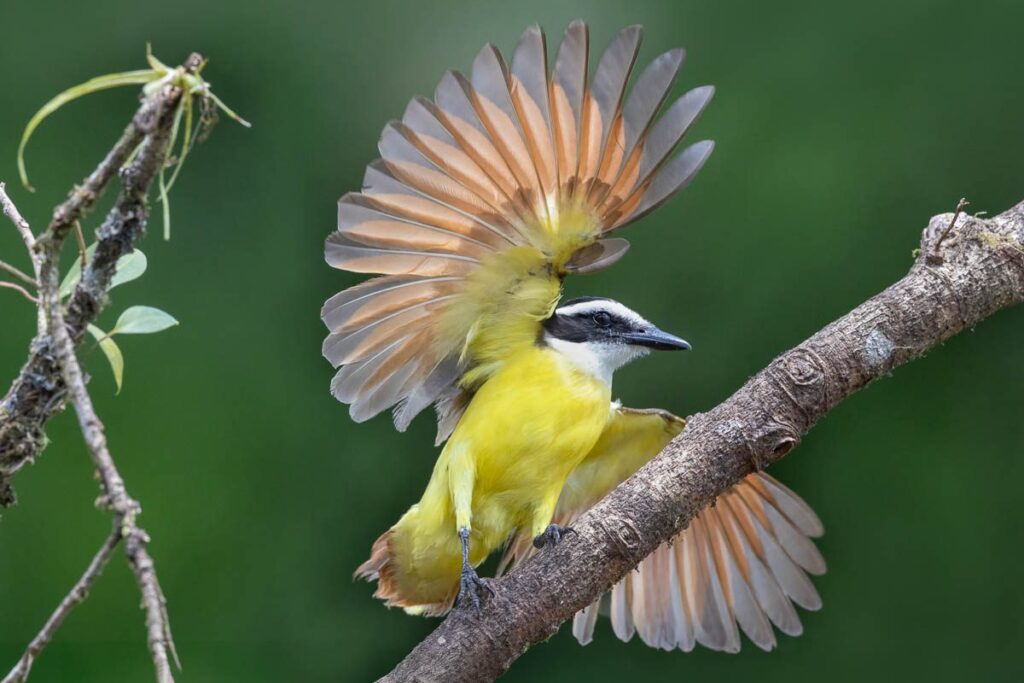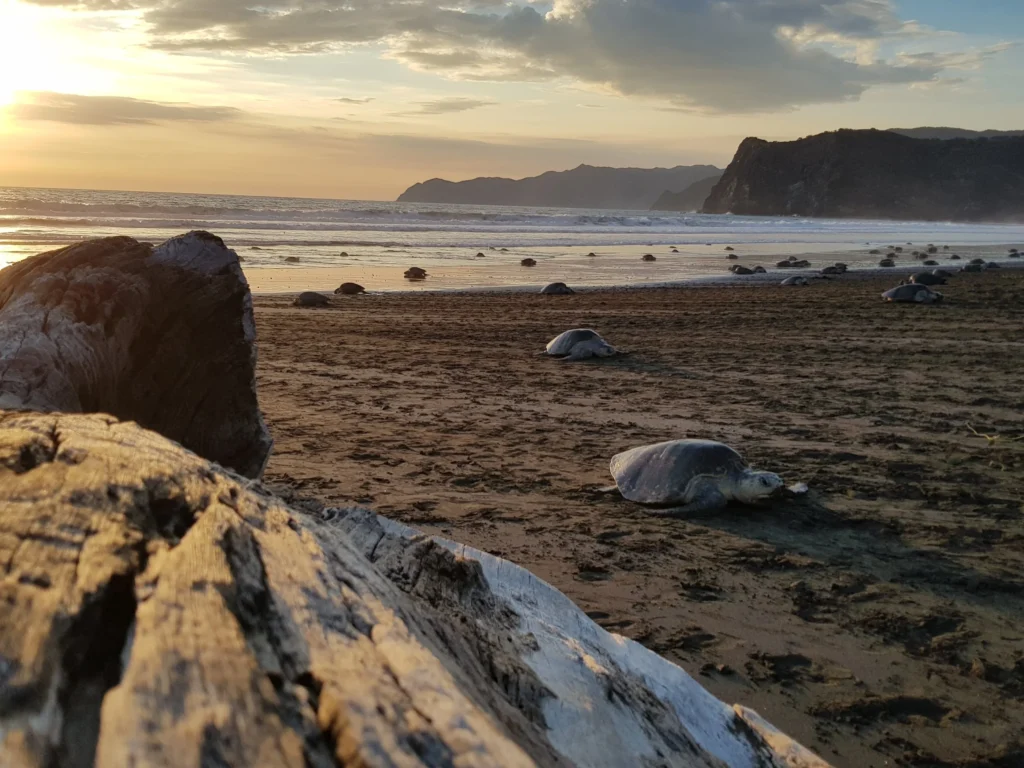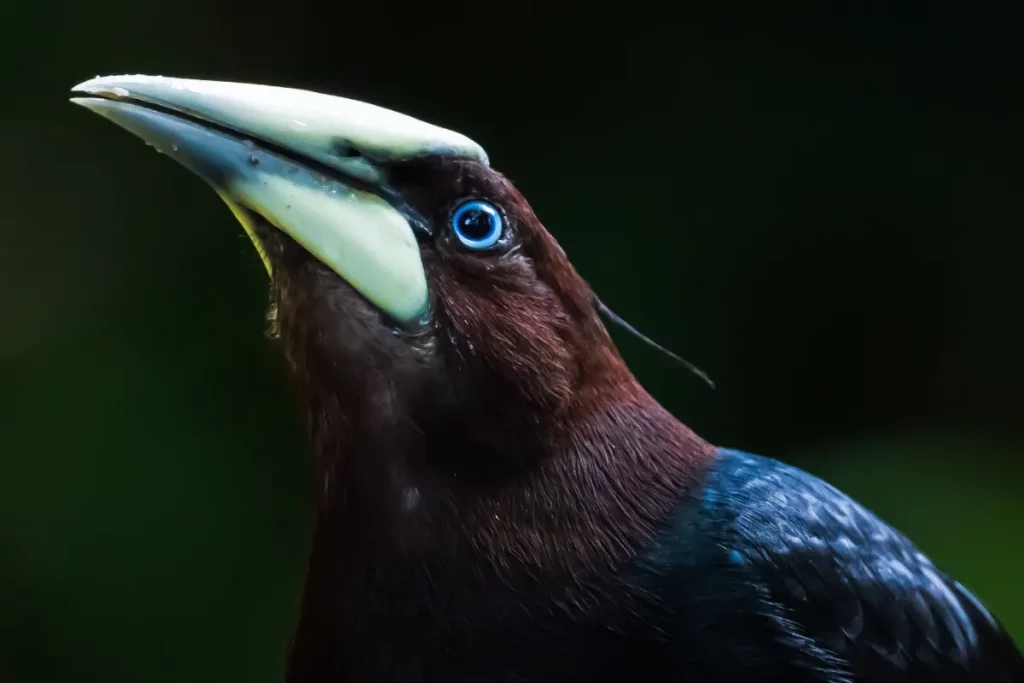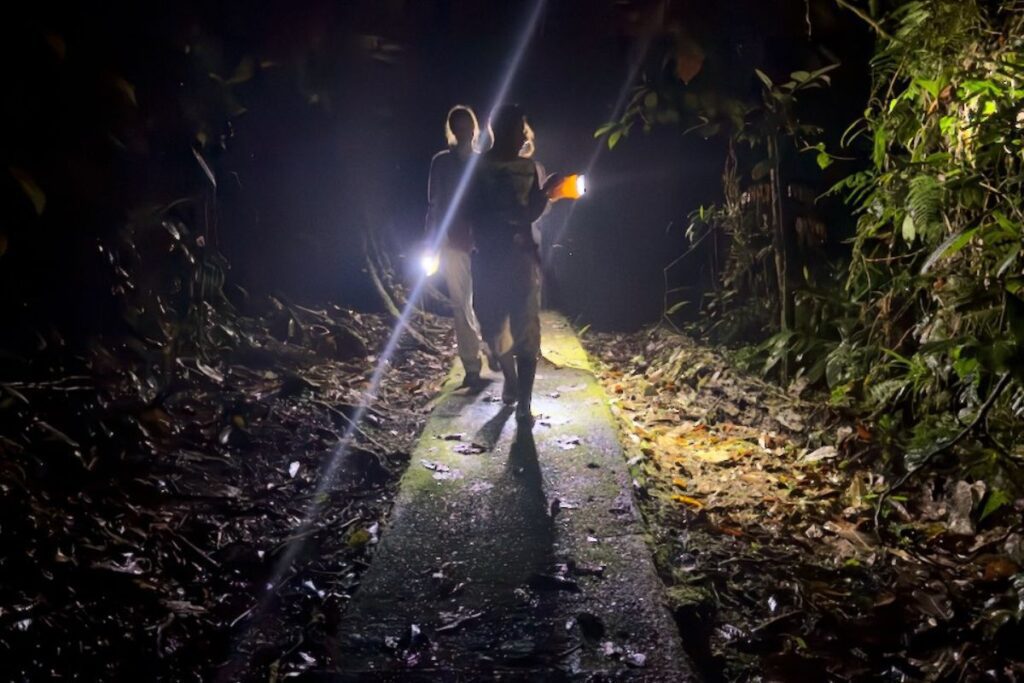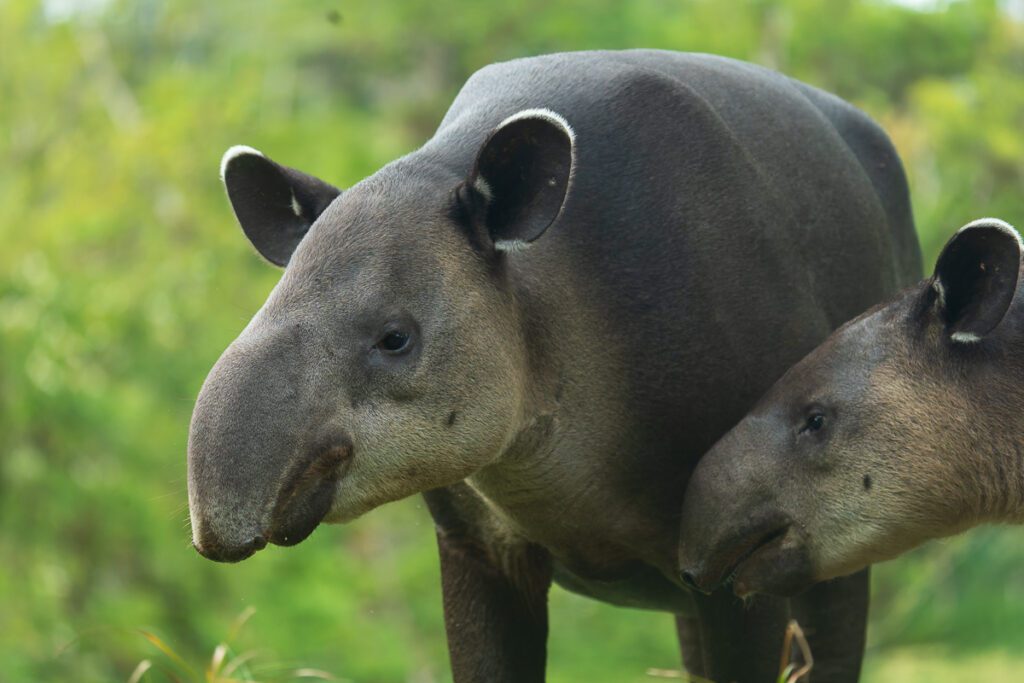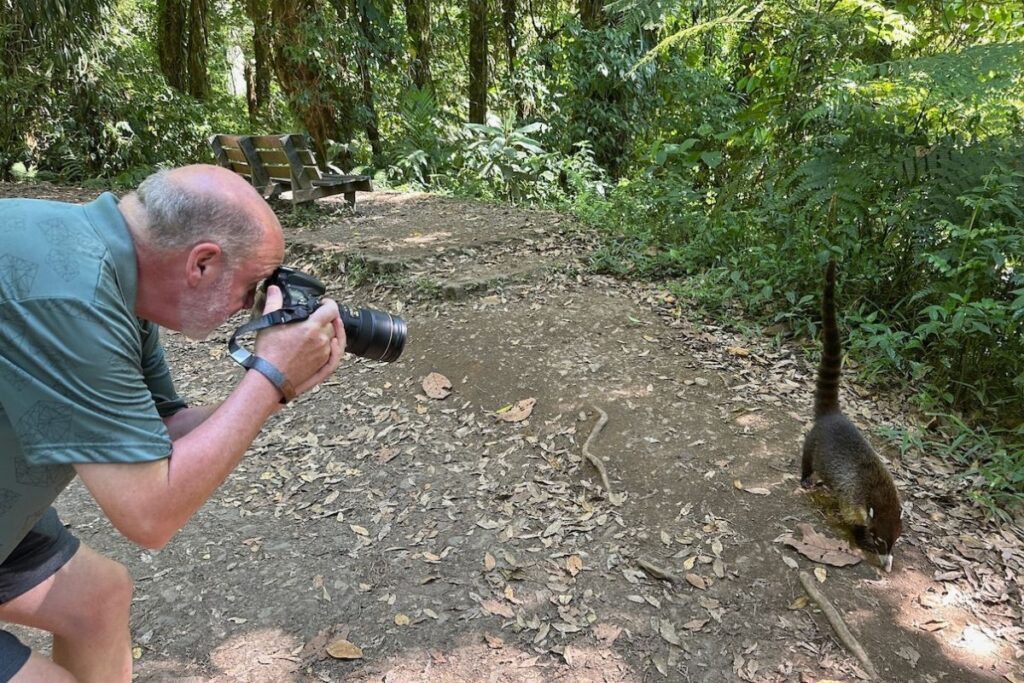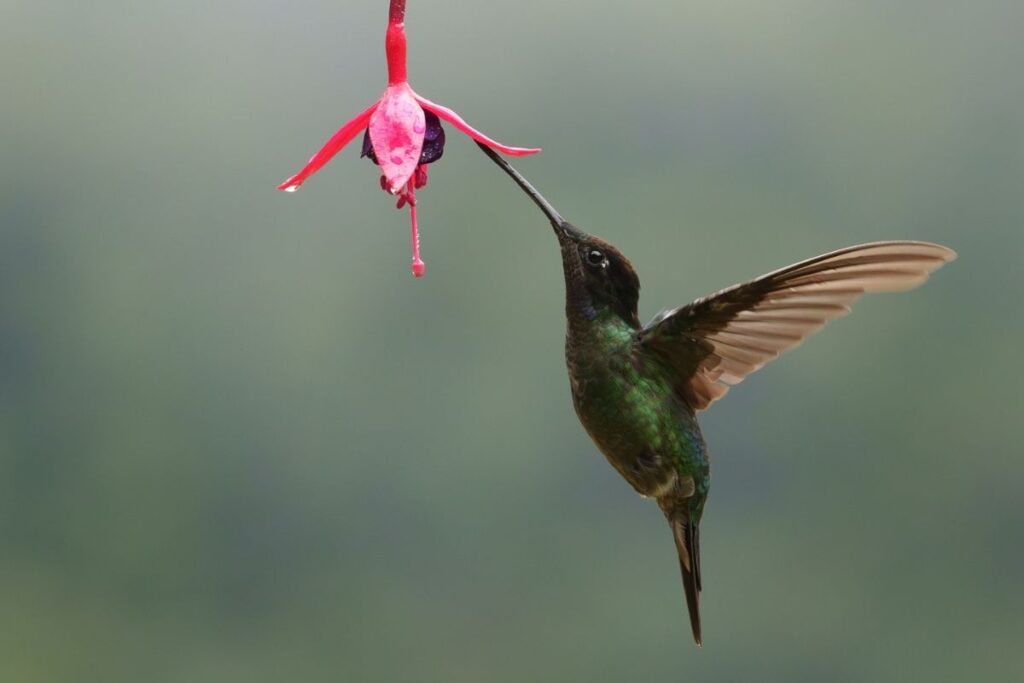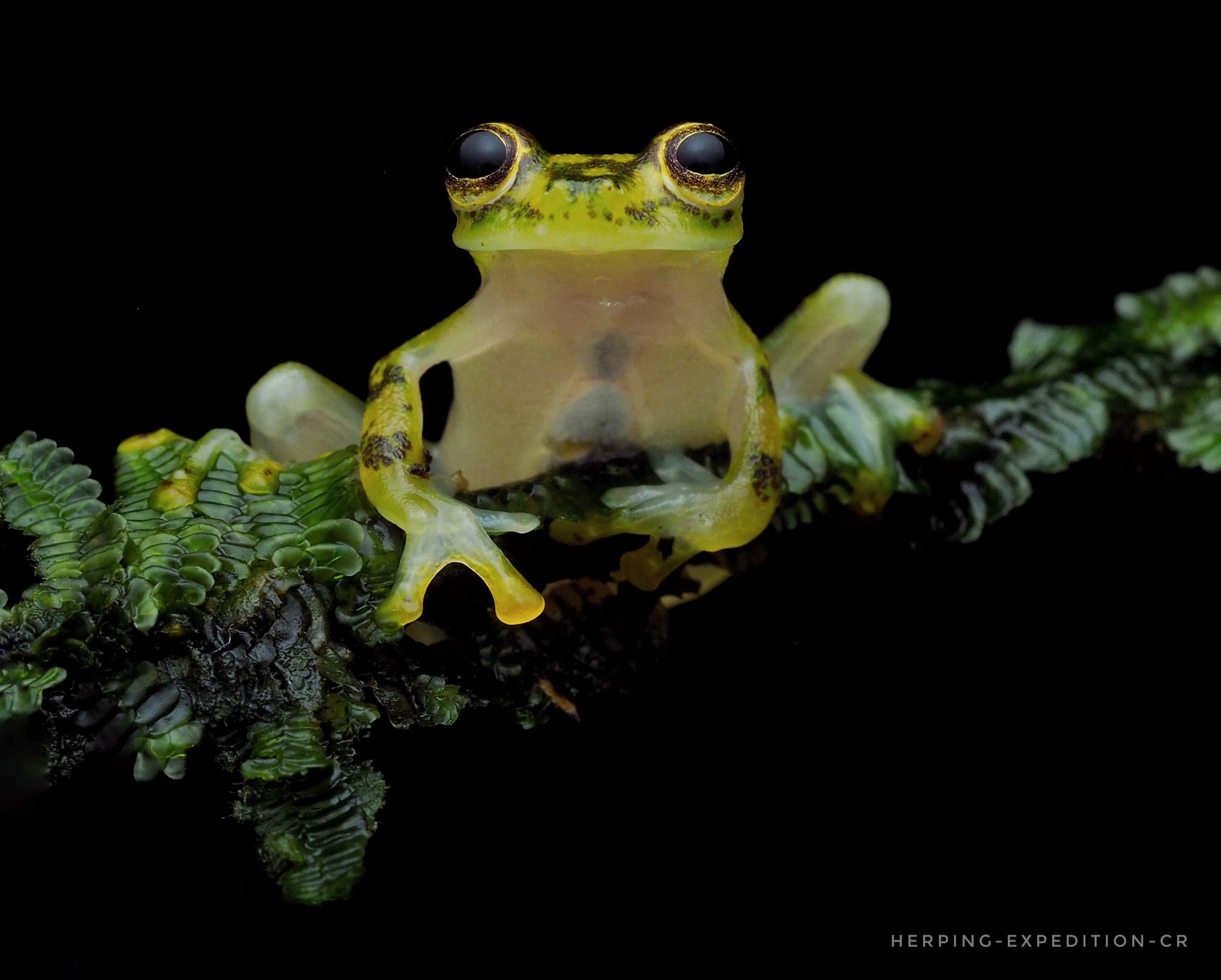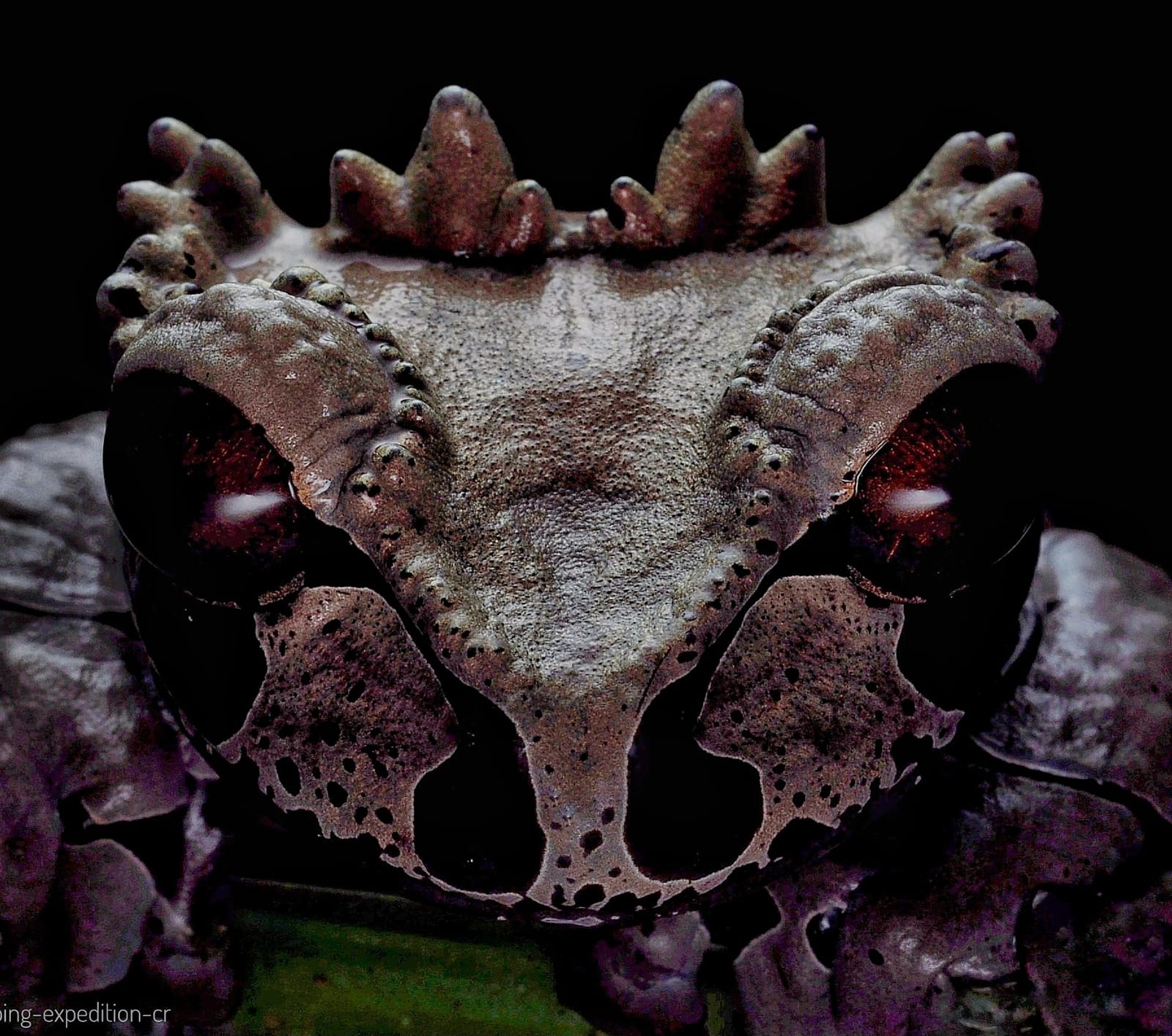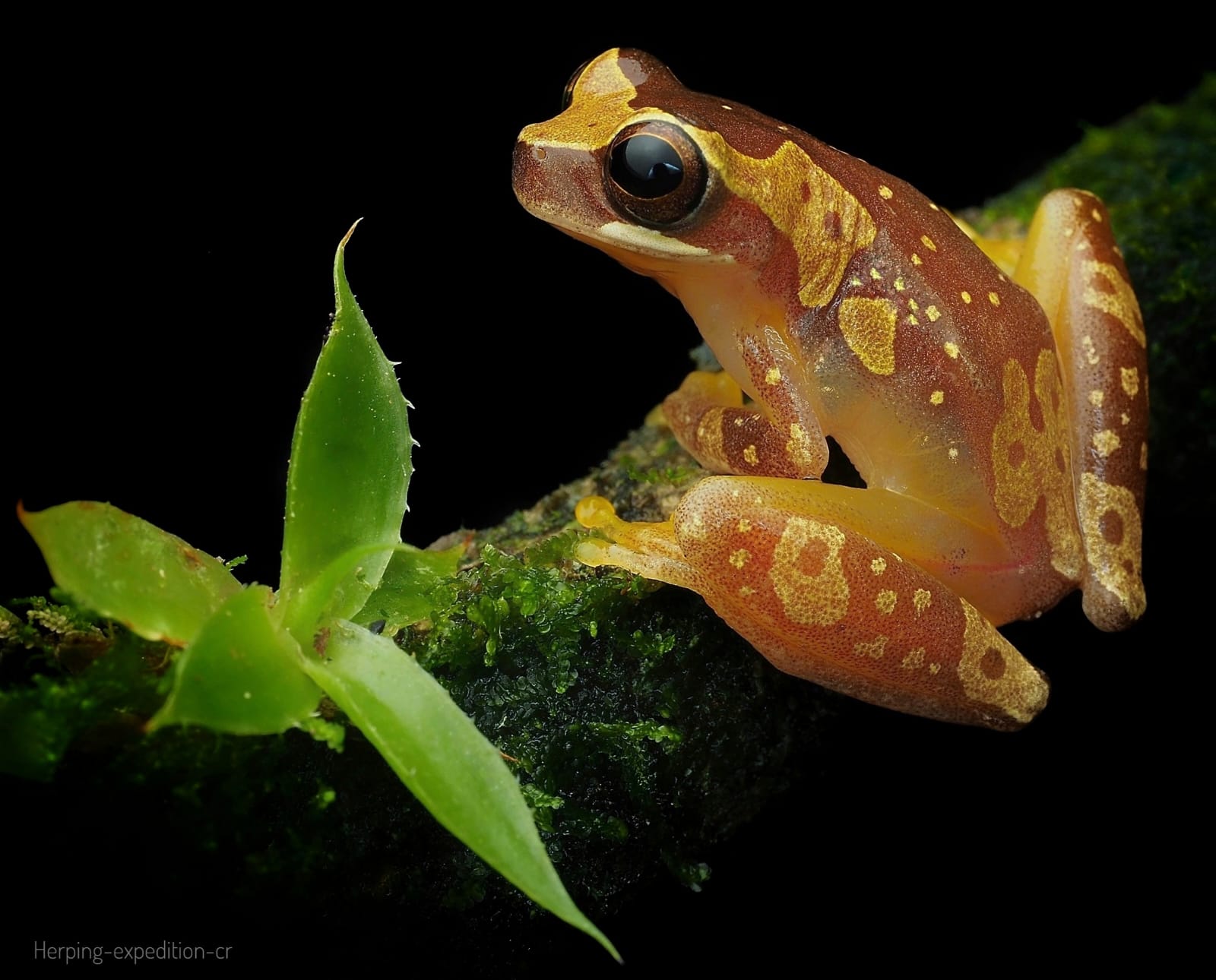Costa Rica, a biodiverse haven in Central America, is home to a myriad of avian species. Among them, the Bare-necked umbrellabird stands out not only for its unique appearance but also for its intriguing behaviors.
Physical Features of the Bare-necked Umbrellabird
Endemic to the Central American region, the Bare-necked umbrellabird, scientifically termed Cephalopterus glabricollis, is a sight to behold. Males are predominantly black, boasting a large crest on their head that resembles an umbrella. This crest can be expanded or contracted based on their needs. Their bare, featherless throat, which can inflate during vocalizations, is another distinguishing feature. In contrast, females are smaller, lacking the pronounced crest and wattle.
Costa Rican Habitats: Where to Spot Them
In Costa Rica, these birds gravitate towards the humid lowland rainforests, especially in regions with high rainfall. The dense forests of the Talamanca Mountain Range and the Osa Peninsula are among their preferred habitats. Their affinity for such specific environments makes them susceptible to threats like deforestation and habitat fragmentation.
Dietary Preferences in Costa Rican Jungles
Within the lush greenery of Costa Rica, the Bare-necked umbrellabird primarily feeds on fruits, playing a pivotal role as seed dispersers. This behavior aids in the regeneration of numerous tree species within the rainforest. Occasionally, they might also indulge in small insects, catering to their omnivorous tendencies.
Mating Rituals in the Rainforests
The rainforests of Costa Rica provide a romantic backdrop for the elaborate mating displays of the Bare-necked umbrellabird. Males utilize their impressive wattle and crest to woo potential mates, emitting deep, resonant calls that echo through the forest. After selecting a mate, the duo nests high in the canopy. The female typically lays one egg and assumes the responsibility of incubation and care.
Conservation Efforts in Costa Rica
Costa Rica’s commitment to conservation is evident in its efforts to protect species like the Bare-necked umbrellabird. With increasing deforestation and habitat loss, the bird faces threats to its survival. However, national parks, reserves, and local communities work collaboratively to ensure the preservation of their habitats and promote sustainable eco-tourism practices.
Frequently Asked Questions
Why is the Bare-necked umbrellabird significant to Costa Rica’s ecosystem?
As primary seed dispersers, they play a vital role in maintaining the health and diversity of the rainforest, ensuring the regeneration of various tree species.
Where in Costa Rica can tourists hope to spot this bird?
While sightings are never guaranteed, the Talamanca Mountain Range and the Osa Peninsula are prime locations for bird enthusiasts to potentially observe this species.
What efforts are in place to protect the Bare-necked umbrellabird?
Costa Rica has established numerous national parks and reserves, promoting eco-tourism and community-based conservation initiatives to protect the bird and its habitat.
Conclusion
The Bare-necked umbrellabird is a testament to the wonders of nature that Costa Rica shelters. As we marvel at its beauty and unique characteristics, it’s imperative to recognize the importance of conservation efforts. Ensuring the survival of such species is not just about preserving biodiversity but also about maintaining the delicate balance of our planet’s ecosystems.

